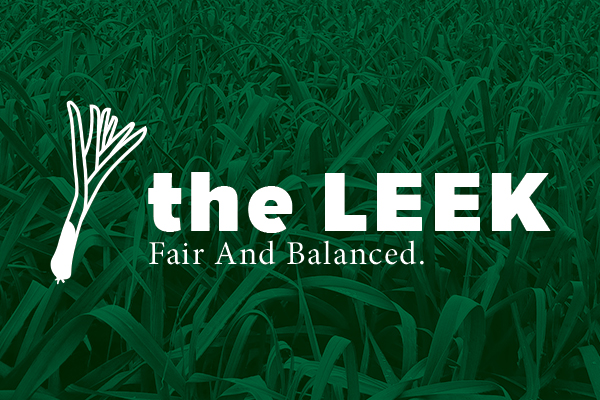The Leek | Issue 11
Hunting season not immune to “urban drift”
Due to the fact that our towns and coastlines are currently overrun by these abhorrent pests, the Department of Conservation and the Ministry of Justice have given seagull hunting the go-ahead for this season, graciously offering the possibility of an extension into early springtime “if a decent percentage haven’t been taken out by then.” Although many citizens are thrilled by this recent development, others question the point of wasting bullets on the feathered parasites. While seagull meat is generally rumoured to be “almost inedible” and “downright stringy,” biologists report that seagulls’ carcasses usually contain enough inorganic material that they could conceivably be used as “an efficient alternative fuel source,” and encourage people to make the most of the opportunity to keep their petrol expenses low this winter.
Seagulls are notoriously aggressive scavengers and the bane of beachgoers everywhere. Gulls often procure food from humans through handouts and theft (including rummaging through trash cans), and will ruthlessly swallow smaller birds whole when given the chance. They have even been known to land on live whales when they surface for air, in order to gouge pieces of flesh from the whales’ exposed backs. It is predicted that the inconvenience presented by seagulls’ steadily climbing numbers and incessant pestilence will be enough to spur Kiwis to hunt them mercilessly.
Indeed, since the new regulations were issued, many enthusiastic sportsmen have begun preparing for a bountiful season. Duck hunters often build elaborately camouflaged blinds (known colloquially as maimai) to conceal themselves from ducks – it appears that the same approach is now being applied to seagull hunting, the only difference being the environment that they are attempting to blend into. Instead of lying in wait for their prey beside rivers, lakes, and ponds, these enterprising hunters are building their blinds next to beaches, children’s playgrounds and McDonald’s parking lots. Despite widespread consternation at the prospect of firearms being used in such populated areas, government officials wish to assure the public that all hunters are responsible, licensed gun owners, and that the safety of their friends and loved ones is unlikely to be endangered. Much.



